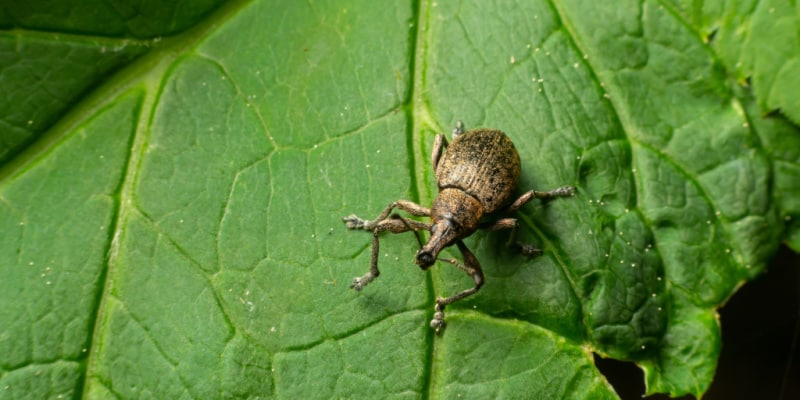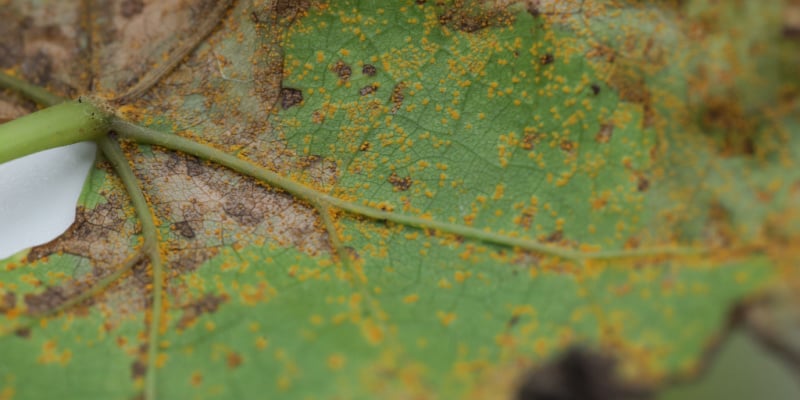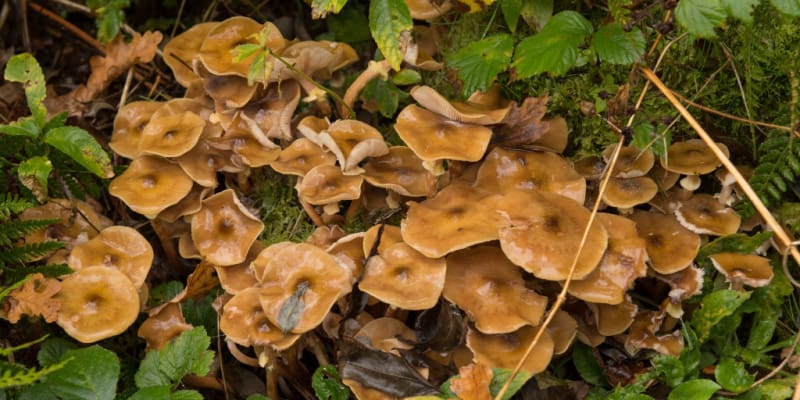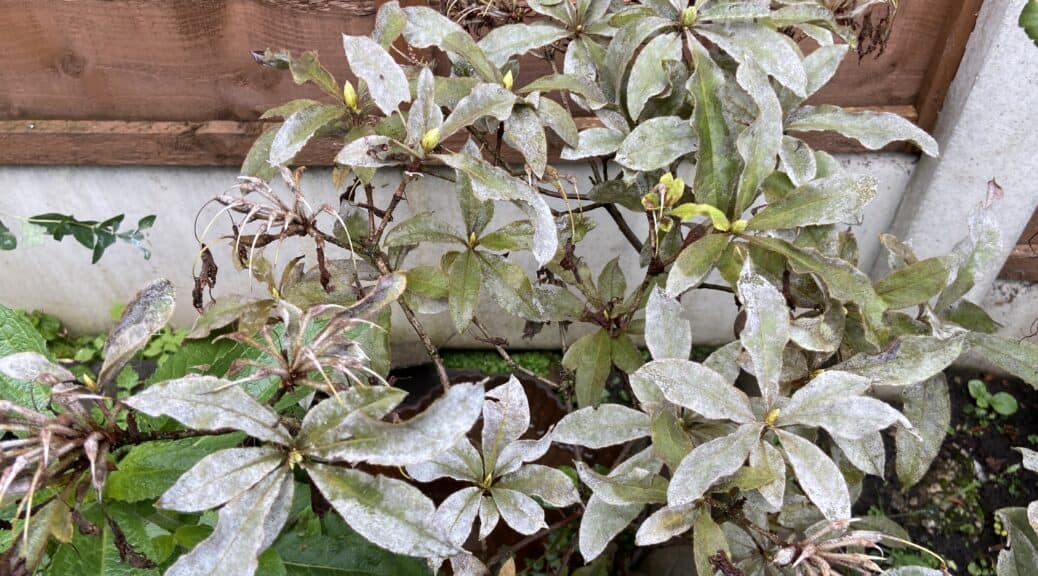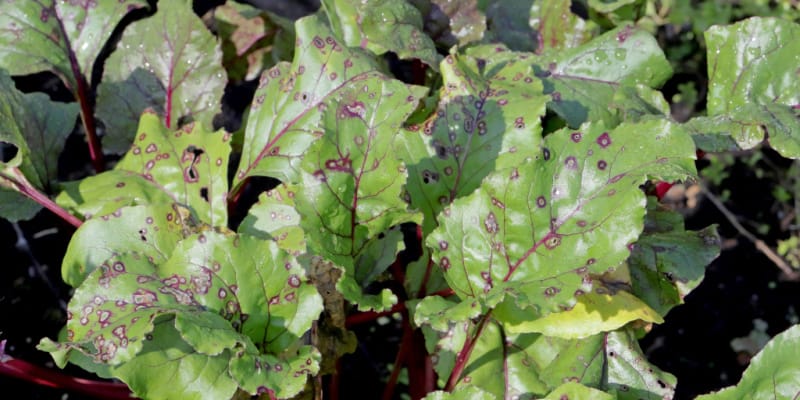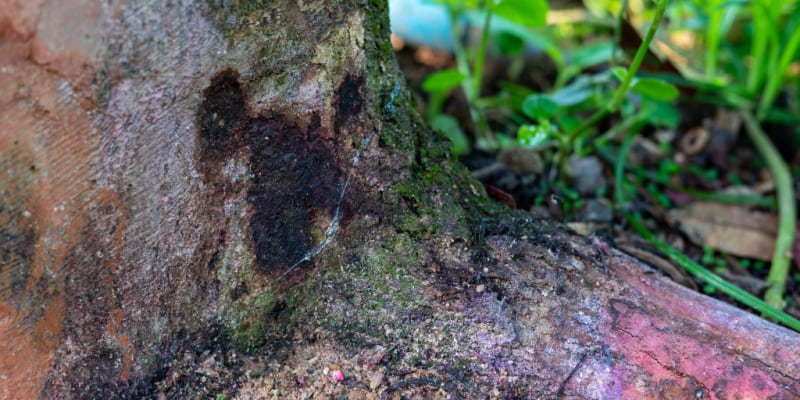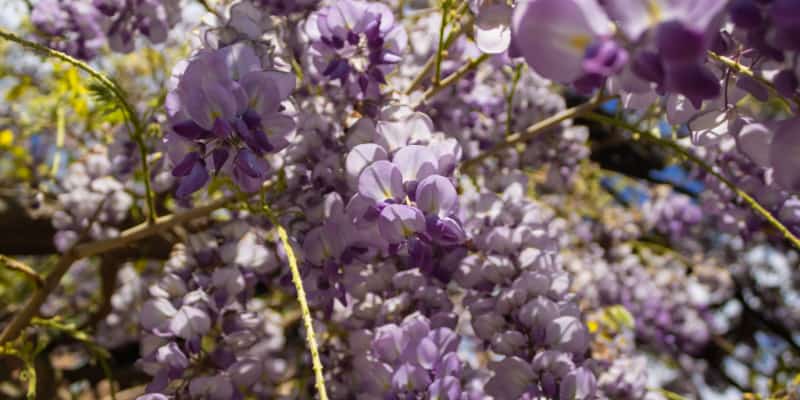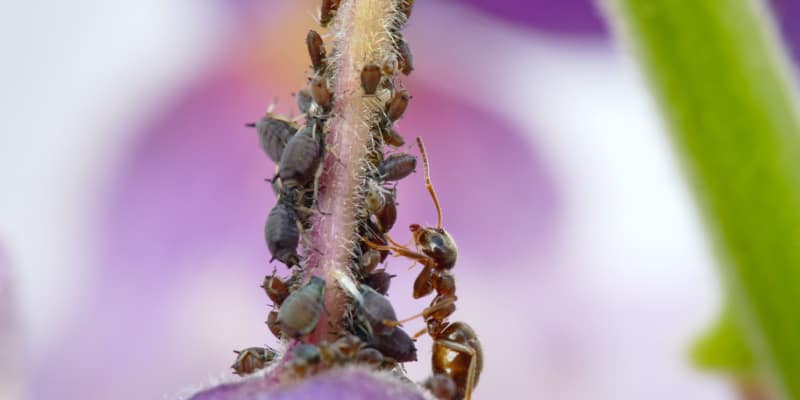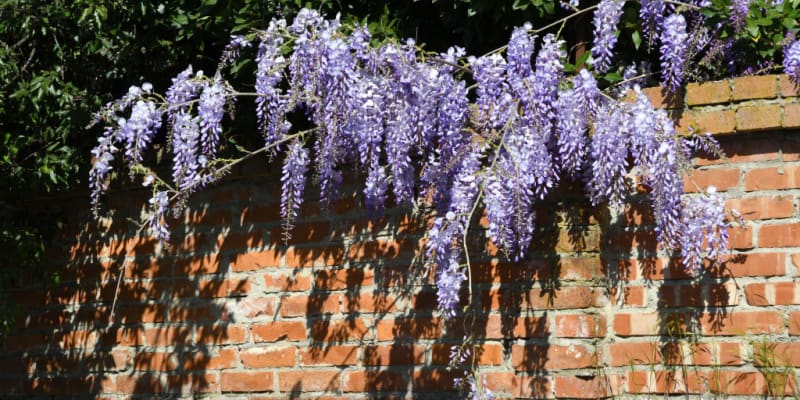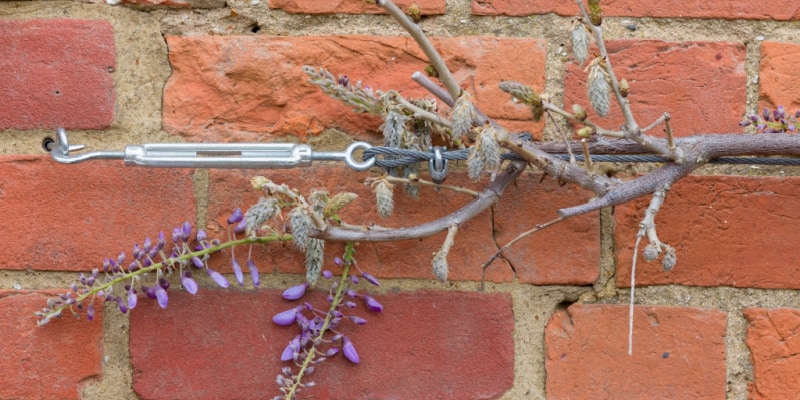Identify and control vine weevil – adults & larvae
What are Vine Weevils? I have worked in garden centres for over 20 years, and one pest we have always had trouble with is vine weevils. More importantly, the larvae of vine weevils. I would go as far as saying they are the one pest that could cause enough significant damage that can actually kill a plant. With plants particularly that are being grown in pots and containers they can become a real problem, causing catastrophic results. This is because…
